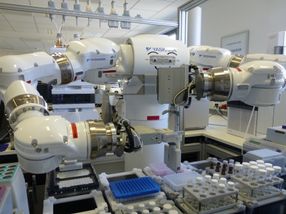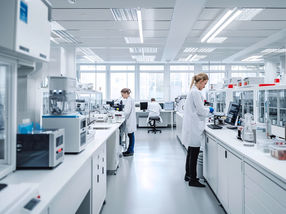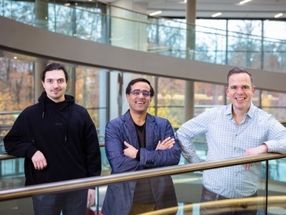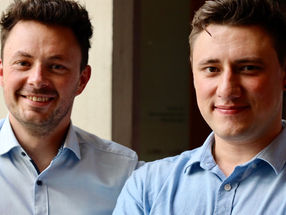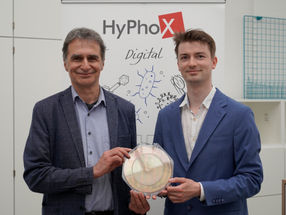Kamada Reports Positive Phase II Data with Inhaled AAT in Cystic Fibrosis
The Results Demonstrate the Product Has an Excellent Safety Profile and Shows Promising Signs of Efficacy, as Indicated by a Reduction in Lung Inflammation
Kamada announced positive data from its Phase II study evaluating inhaled Alpha-1 Antitrypsin (AAT) delivered via an Investigational eFlow® Nebulizer System (PARI Pharma GmbH), in the treatment of cystic fibrosis. The results demonstrate the product has an excellent safety profile and shows promising signs of efficacy, as indicated by a reduction in lung inflammation.
The Phase II trial was a double-blind, placebo controlled study, performed at the Cystic Fibrosis Center at the Hadassah University Hospital, Mount Scopus Jerusalem, Israel, led by Prof. Eitan Kerem, Head of the Department of Pediatrics. The trial was designed to evaluate safety of the inhaled product in cystic fibrosis patients and to assess its potential efficacy in decreasing lung inflammation. Study results revealed that daily inhalation of AAT for a period of 28 days reduced lung inflammation in comparison to placebo, as measured by neutrophil count and neutrophil elastase levels. There were no serious adverse events reported in either the active or the placebo group and no safety concerns were raised. This study was performed in accordance with clinical guidance received from the EMEA and under the ODD of the product.
Kamada plans to present the study data at an upcoming major medical meeting. In order to pursue clinical development of this product, Kamada will approach the regulatory authorities for guidance.
Kamada’s Chief Executive Officer David Tsur said: “This is a breakthrough for Kamada. This product is the next generation of AAT treatment that may be used, subject to success of clinical trials and regulatory approval, as an effective treatment for CF patients, to improve their quality of life. We believe that the inhaled product will offer significant advantages to cystic fibrosis patients and we are very optimistic about its further development in this and in other respiratory patient populations."
Most read news
Topics
Organizations
Other news from the department research and development

Get the life science industry in your inbox
From now on, don't miss a thing: Our newsletter for biotechnology, pharma and life sciences brings you up to date every Tuesday and Thursday. The latest industry news, product highlights and innovations - compact and easy to understand in your inbox. Researched by us so you don't have to.



